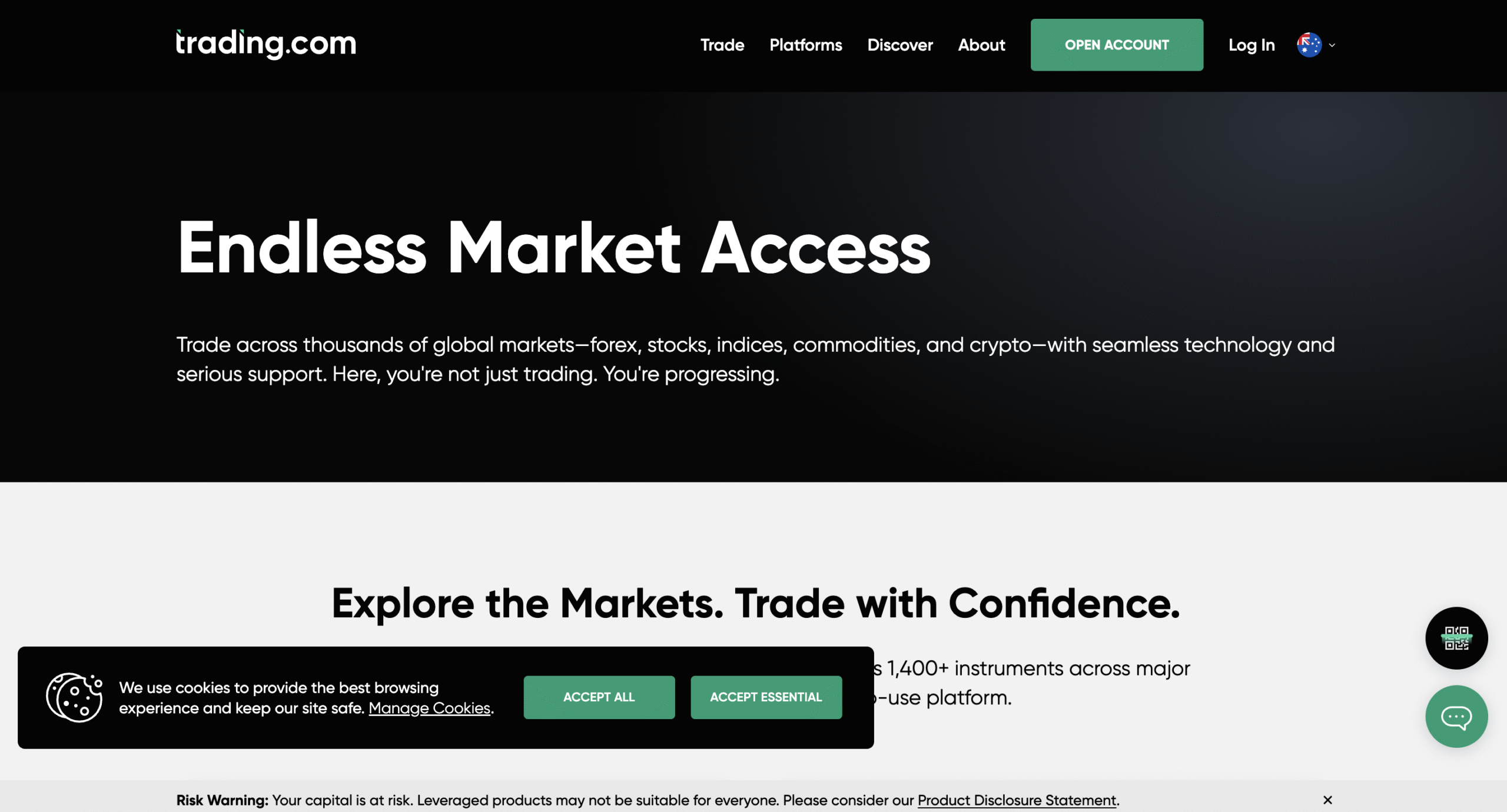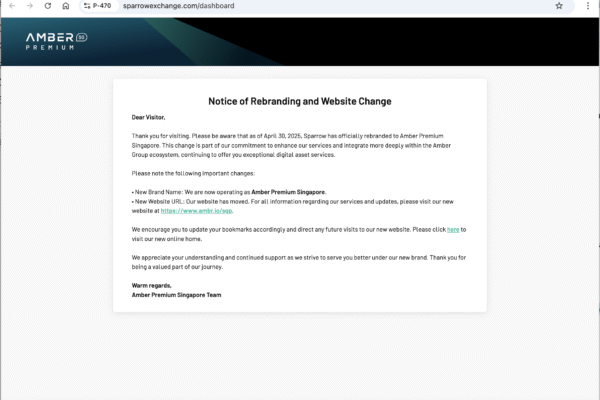Trading.com Reviews: Beware Of The Platform
Online trading has gained massive popularity in recent years, offering investors the opportunity to trade forex, stocks, indices, and cryptocurrencies. With this growing interest comes a surge in new platforms advertising themselves as reliable brokers. Some are legitimate, but many operate purely to exploit unsuspecting traders. One such questionable platform is Trading.com.
On the surface, Trading.com appears polished and professional. Its website promises transparency, low spreads, fast execution, and access to global financial markets. It presents itself as a trustworthy partner for traders at all levels. But beneath this glossy facade, serious issues emerge that suggest the platform may not be what it claims to be.
This in-depth review investigates Trading.com’s operations, reveals the red flags associated with the broker, and highlights why many traders believe it is unsafe to invest through this platform.
First Impressions – A Polished Front to Lure Traders
Trading.com’s website is designed to inspire confidence. It features sleek design, trading tools, and educational resources aimed at both beginners and experienced traders. It promotes benefits such as:
-
Access to forex, commodities, indices, and cryptocurrencies.
-
High leverage for bigger trading opportunities.
-
Tight spreads and low commissions.
-
Fast order execution.
-
Support from “professional account managers.”
For newcomers, these features look attractive. But scam brokers are well aware that appearances matter, so they create convincing websites to trick traders into depositing money.
The Question of Regulation
Regulation is the cornerstone of safety in trading. Reputable brokers are licensed by recognized financial authorities such as the FCA (UK), ASIC (Australia), or CySEC (Cyprus). This oversight ensures that brokers operate fairly, segregate client funds, and provide transparent services.
When examining Trading.com, questions immediately arise about its regulatory status. While the website makes references to compliance and safety, it does not provide clear, verifiable details of regulation with a top-tier authority. Instead, it hides behind vague wording and confusing claims.
Scam brokers often create fake licenses or register in loosely regulated jurisdictions where enforcement is weak. Without proper regulation, Trading.com faces no real accountability, meaning it could manipulate trades, block withdrawals, or disappear with client funds at any time.
Lack of Transparency About Ownership
A closer look at Trading.com reveals another major red flag — the absence of transparency about the company behind the broker. The website provides little or no detail about the firm’s headquarters, registration details, or executive team.
Legitimate brokers take pride in disclosing their company history and leadership, because transparency builds trust. But Trading.com conceals this information, suggesting it is deliberately hiding its true identity. Such secrecy is a common tactic among fraudulent platforms that want to avoid legal consequences once they shut down.
Deposits Are Smooth – Withdrawals Are Problematic
One of the most common complaints from users of Trading.com is related to withdrawals.
Funding an account with Trading.com is quick and easy. The platform supports multiple methods, including credit cards, bank transfers, and cryptocurrencies. This process is intentionally smooth to encourage traders to deposit as much money as possible.
However, when traders attempt to withdraw their funds, a very different story unfolds. Many users report:
-
Long delays in processing withdrawals.
-
Repeated requests for documents, even after KYC verification.
-
Sudden account freezes when withdrawal requests are made.
-
Outright rejection of withdrawal applications without explanation.
This pattern is typical of scam brokers. They make depositing simple but create endless barriers when traders try to retrieve their own money.
Manipulated Trading Environment
Trading.com claims to provide a powerful trading platform with tight spreads and high-speed execution. But reports from traders suggest that the trading environment is manipulated to ensure client losses.
Some of the tactics include:
-
Artificial slippage: Orders executed at worse prices than requested.
-
Spreads that widen unexpectedly, wiping out profits.
-
Platform freezing during volatile market moments.
-
Stop-loss hunting, where trades close at unfavorable points to trigger losses.
Because Trading.com is unregulated, there is no authority to hold it accountable for these practices. In such an environment, traders stand little chance of success.
The Bonus Trap
Another deceptive tactic used by Trading.com is its offering of deposit bonuses. At first glance, these bonuses seem like free money added to a trader’s account. However, the terms and conditions tied to these bonuses are designed to trap clients.
For example, withdrawing funds after accepting a bonus often requires traders to meet extremely high trading volume targets. These targets are nearly impossible to achieve, which gives the broker an excuse to deny withdrawals indefinitely.
This strategy ensures traders’ money remains locked inside the platform, no matter how profitable their trading becomes.
Hidden Fees and Unexpected Costs
In addition to manipulative practices, Trading.com is known for hidden fees that gradually drain accounts. While legitimate brokers clearly list their commissions and charges, Trading.com buries or hides this information.
Some common complaints include:
-
High withdrawal fees.
-
“Maintenance fees” applied without warning.
-
Inactivity charges for accounts not traded frequently.
-
Inflated swap and overnight fees.
These hidden costs make it nearly impossible for traders to maintain a positive balance, further benefiting the broker at the expense of its clients.
Aggressive Sales Tactics
Trading.com employs account managers who aggressively pressure clients to deposit more money. These so-called managers present themselves as financial experts, but in reality, they are salespeople working on commission.
Their tactics include:
-
Promising guaranteed profits with larger deposits.
-
Pushing traders into risky trades under the guise of “opportunities.”
-
Using psychological manipulation to create urgency.
-
Dismissing client concerns about withdrawals or regulation.
But once a trader hesitates to deposit more or raises concerns about withdrawals, these managers often become unresponsive or disappear altogether.
Fake Reviews and Testimonials
To strengthen its image, Trading.com floods its website and online spaces with glowing reviews and testimonials. These often include exaggerated success stories, stock images of “happy traders,” and scripted comments about fast withdrawals and excellent support.
However, when examining independent trader forums, a very different picture emerges. Real traders share stories of lost funds, blocked withdrawals, and unresponsive support. The contrast between fake promotional reviews and real user experiences reveals the deception at play.
Customer Support – Another Broken Promise
Trading.com boasts of providing 24/7 customer support through phone, email, and live chat. But in practice, support is virtually nonexistent.
Many traders report that support staff respond quickly only before deposits are made. Once funds are in the account, response times slow dramatically, and issues like withdrawal problems are ignored altogether.
This selective availability of support is another clear sign of a fraudulent operation.
Red Flags Summary
When reviewing Trading.com, the warning signs are overwhelming:
-
Vague or non-existent regulation.
-
Lack of transparency about ownership or company details.
-
Easy deposits but restricted or denied withdrawals.
-
Manipulated trading environment.
-
Bonuses with impossible conditions.
-
Hidden and excessive fees.
-
Aggressive deposit pressure from account managers.
-
Fake testimonials and misleading marketing.
-
Poor customer support after deposits.
Each of these issues alone is concerning. Together, they build a convincing case that Trading.com is not a safe broker.
Real Trader Experiences
Many traders who used Trading.com report eerily similar experiences. Some of the most common complaints include:
-
“They kept asking me to deposit more but never allowed me to withdraw my money.”
-
“My trades were manipulated, and the spreads widened at random.”
-
“The account manager guaranteed profits, but I lost everything.”
-
“As soon as I asked for a withdrawal, my account was frozen.”
These testimonials confirm a pattern of deceit that cannot be ignored.
Conclusion – Trading.com Is a Scam Broker
While Trading.com’s website may look professional, its operations raise far too many red flags to be considered trustworthy. From unclear regulation to blocked withdrawals, hidden fees, and manipulative trading, the evidence overwhelmingly suggests that this broker is a scam.
Report Trading.com and Recover Your Funds
If you have fallen victim to Trading.com and lost money, it is crucial to take immediate action. We recommend Report the scam to BOREOAKLTD.COM , a reputable platform dedicated to assisting victims in recovering their stolen funds. The sooner you act, the greater your chances of reclaiming your money and holding these fraudsters accountable.
Scam brokers like Trading.com persistently target unsuspecting investors. To safeguard yourself and others from financial fraud, stay informed, avoid unregulated platforms, and report scams to protect. Your vigilance can make a difference in the fight against financial deception.





